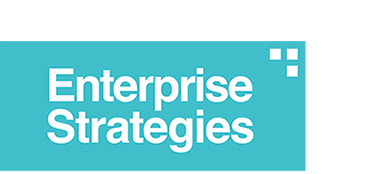
11 Jun Putting People Back Into Social Initiatives
How much time did you spend online today?
Now, how much time did you spend talking to someone on the phone or in person?
More than likely, the computer and virtual world dominated your day. That’s not necessarily bad–there are so many amazing things we can accomplish through social tools and technology. (Trust me, I love social media! Our consulting firm is a social business consulting firm after all.) However, there is a danger in social business to forget about people–the ones who need to benefit from social processes.
Of course, this doesn’t mean that you have to have a cup of Starbucks with every employee who is using internal or external social media. For companies implementing a social business strategy, though, people must be the first priority. Why put employees first?
They may realize that new social tools are not the answer.
Social business is not only about technology–it is about how people use that technology. If companies do not take the time to learn what is challenging employees and causing them delays or frustrations, they will miss real problems and make the wrong (and often expensive) solution investments. Having cutting-edge technology is a huge advantage, unless that technology doesn’t help employees at all. New tools are not always necessary, but having a strategy for how employees use new or existing social tools is essential.
They have limited time to waste at work.
Often there is a learning curve for employees with new tools and technology. It will take considerable time for teams to adjust to a new way of doing business, especially as they continue to perform their normal responsibilities. Before adopting social tools, companies must consider how employees will realistically use them. If the tools are not the right fit for company operations or culture, employees will waste valuable time learning a new platform that will be ignored. Moreover, they may spend additional time learning even newer technology to replace earlier tools that are being underutilized.
They are your brand–whether you like it or not.
Brands go beyond logos and catchphrases. Most businesses understand that employees can be their best or worst representatives. Their actions online, whether at work or at home, reflect on your company. If organizations fail to garner employee support for social initiatives, their lack of enthusiasm could spill onto social media. Lack of employee endorsement and support could create poor publicity and nightmarish delays with social media implementation.
They posses information and knowledge you need.

Social tools are only as effective as their users. In reality, businesses are powered by thought leadership of employees. Often, this internal knowledge is not stored anywhere but simply put into everyday practice or, at best, stored haphazardly. Only by talking and learning from employees will companies discover what they know–and the best way to leverage that valuable experience for future social business endeavors.
People are the true “social” component of social business. They can make your social initiatives the biggest successes or the most massive failures. If you leverage the knowledge, passion, and engagement of your employees, you are taking a major step toward becoming a business that is truly social–and doesn’t just do social.


